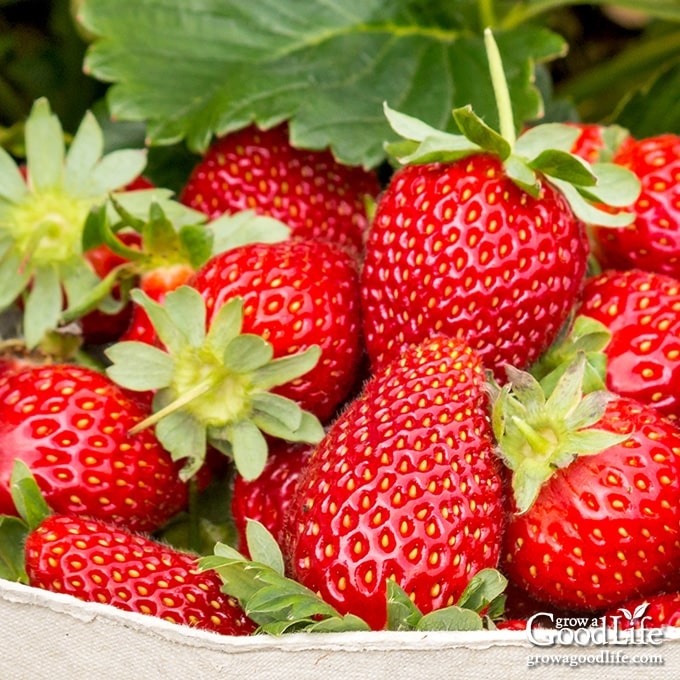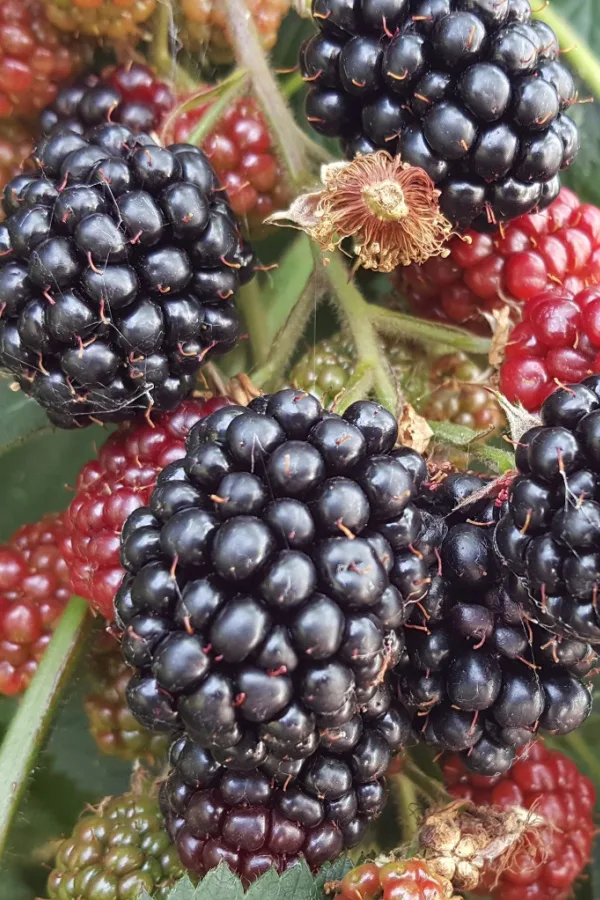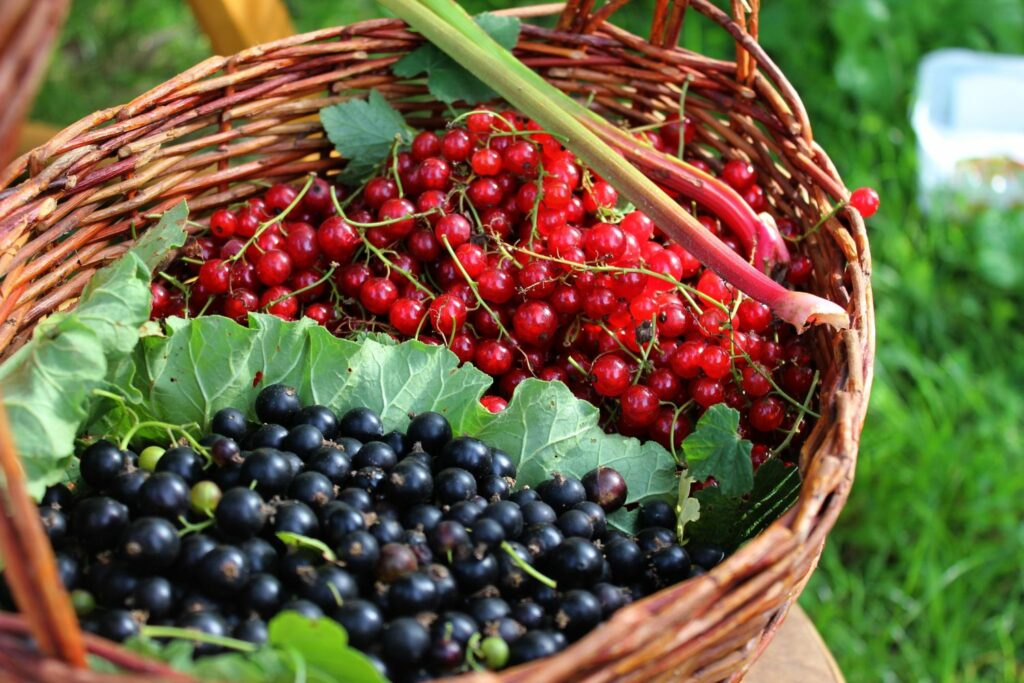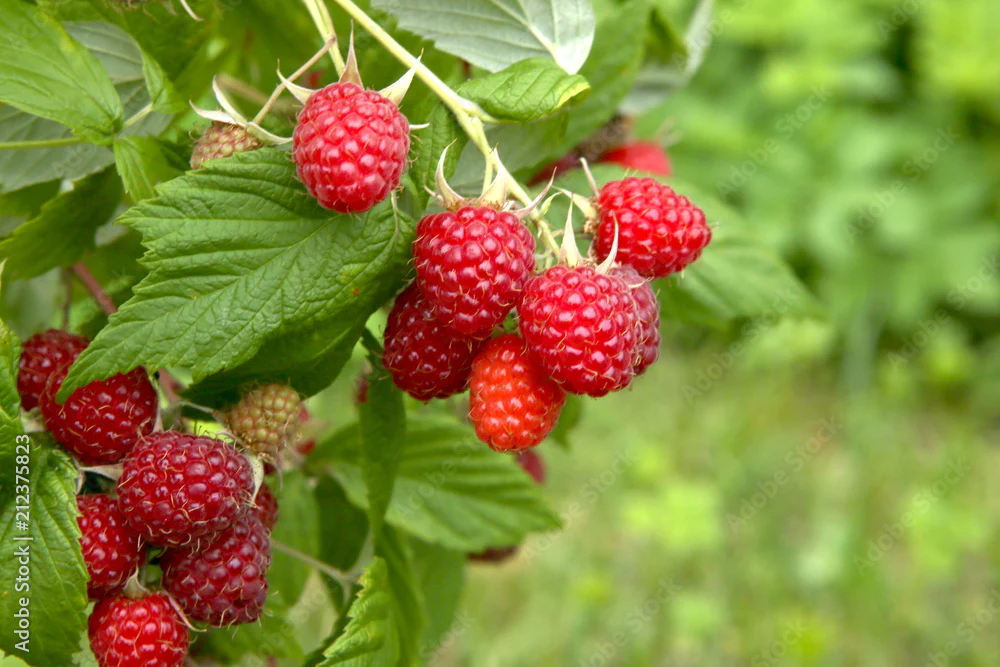Soft fruits are among the most rewarding crops for beginner gardeners, offering bountiful harvests with relatively little effort. These fruits—like strawberries, raspberries, and currants—are not only delicious but also thrive in a variety of climates and growing conditions. Here’s a look at some of the easiest soft fruits to grow, along with helpful tips to make your gardening experience even more enjoyable.
Strawberries: A Summer Favorite
Strawberries are a classic choice, and with early, mid, and late-season varieties, you can enjoy them from spring through fall. These fruits will typically yield a harvest in their first summer after planting. Strawberries are low-maintenance—requiring only a simple trim of leaves after fruiting. To protect the berries from rot caused by soil contact, lay straw or mulch around the plants as they flower. For a late-season crop, try planting autumn-fruiting or perpetual varieties and use row covers or cloches to shield them from the cold.

Raspberries: Minimal Effort, Maximum Reward
Raspberries come in two main types: summer-fruiting and fall-bearing. Fall-bearing raspberries are particularly beginner-friendly due to their minimal care requirements. These raspberries need only light support to prevent the canes from flopping over, and the pruning process is straightforward—simply cut back all old canes in late winter. This encourages healthy new growth in spring. Fall-bearing raspberries offer a long harvest period, typically from late summer to the first frost.
Blackberries: Sweet and Thornless
Modern blackberry varieties are often thornless, making them much easier to handle than wild types. These vigorous plants are highly productive and trouble-free. To keep them organized, simply tie them to supports, and remove old canes after they’ve finished fruiting to encourage fresh growth. In addition to traditional blackberries, consider hybrid varieties such as loganberries, boysenberries, and tayberries. These crossbred fruits combine the sweetness of blackberries with other berry types, offering a unique and delicious harvest.

Currants: Care-Free and Rewarding
Currants—whether red, white, or black—are easy to grow and highly productive. Red and white currants do best in cooler climates and can even tolerate some shade. If you prefer a sweeter taste, try white currants, which are milder than their red counterparts. Blackcurrants are especially hardy and require minimal care, though regular pruning in winter helps promote vigorous new growth and abundant fruit. Currants are perfect for fresh snacking, making sauces, or turning into jams.

Gooseberries: Hardy and Versatile
Gooseberries are incredibly resilient and can thrive in almost any soil type, though they do best in cooler climates with some wind protection. Whether you choose culinary varieties for pies and jams or dessert types for fresh eating, gooseberries are a great choice. Though they are low-maintenance, providing occasional care like feeding, pruning, and mulching will boost your harvest. Historically, gooseberries and currants were restricted in some areas of the U.S. due to their role in spreading a disease harmful to pine trees. However, disease-resistant varieties have alleviated this concern, and restrictions have been lifted in many regions.
General Care Tips for Soft Fruits
Soft fruits generally require less space and mature faster than tree fruits, making them perfect for beginners. They can be planted in containers year-round or as bare-root plants from late winter to early spring (or fall in milder climates). To keep them thriving, water your plants weekly during dry spells, especially during their first year. Adding organic mulch in the spring not only provides nutrients but also improves soil structure. For protection against birds, use netting or consider investing in a fruit cage.

Conclusion
Every garden, regardless of size, should include a few soft fruits. They’re relatively low-maintenance, productive, and delicious. If you’re already growing soft fruits in your garden, share your experiences in the comments below. We’d love to hear which varieties you recommend for beginners!
